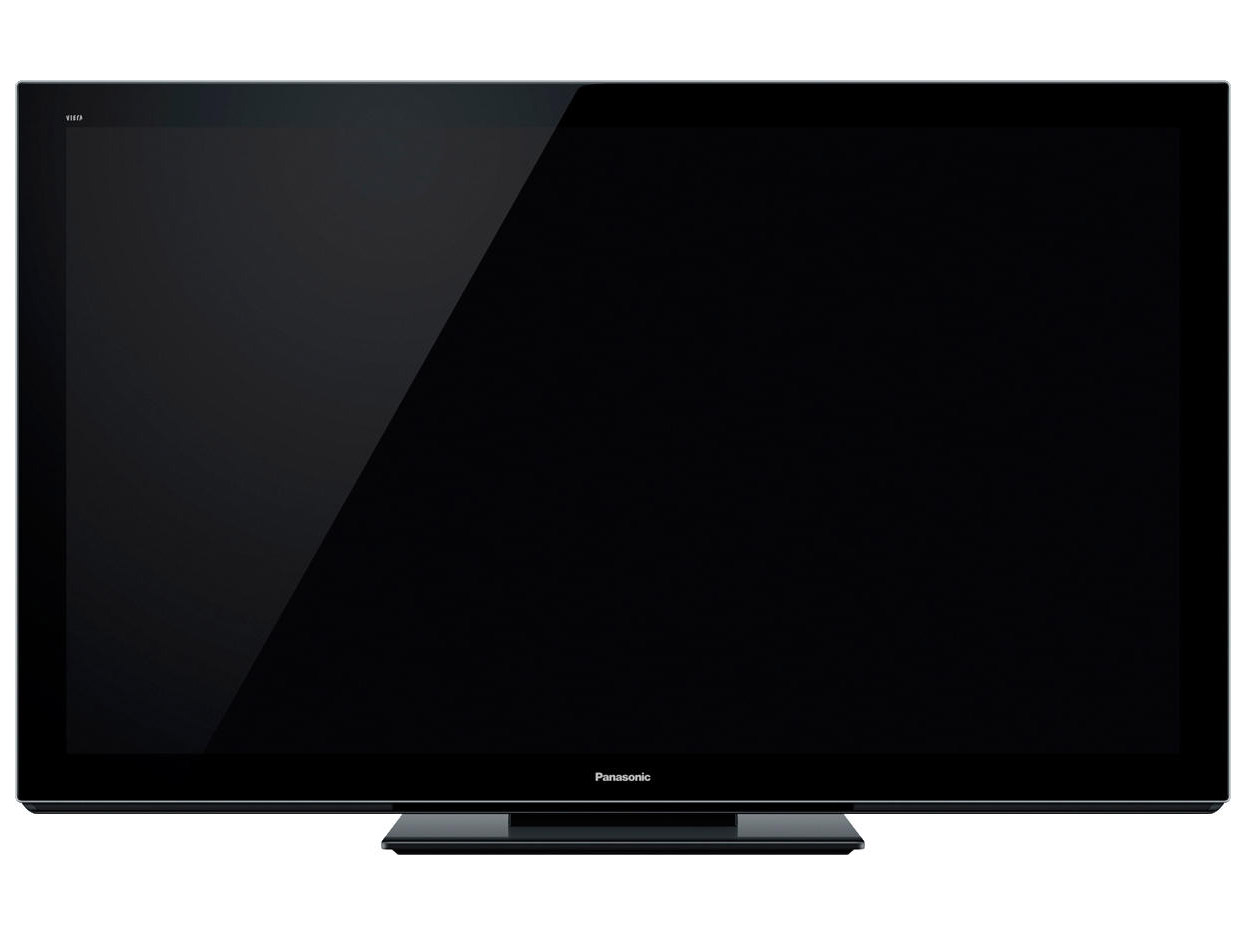Why you can trust TechRadar

Panasonic has got its user interface to a good place; it's now of uniform design and contains plenty of easy-to-use menus. It's rather like a referee; if you don't notice him, he's had a good game.
One feature we like on the Panasonic TX-P50VT30B is the editable input changer. An old favourite feature of ours from several generations of Panasonic TV ago, the chance to delete unused inputs and a free-text option for renaming what remains is welcome; the end result is a simple list of live AV kit such as 'Sky', 'DVD' and Xbox'.
In our experience, it's this kind of simple customisation can really help less tech-minded users get to grips with modern TVs.
That's especially true on networked TVs such as the Panasonic TX-P50VT30B, where its online dimension is fairly simple to operate. Quick and slickly presented, Viera Connect has arguably too much going on in a single page, although most of the must-have services are upfront.
The new Viera Connect marketplace, meanwhile, is slightly better organised, with available apps in genre-defined folders, although any downloading requires an account to be set up.
Most of the extra apps here are regional delicacies (German football news, a Czech news service and something called Major League Baseball), although it's worth checking out the Games tab. In it are 17 games including - for the first time - paid-for titles such as Asphalt 5, Let's Golf 2 and UNO, all of which sell for €5.74 each. It's a first step towards what could be a genuinely exciting future for Viera Connect.
The streaming of digital music, photos and video from DLNA-compatible networked computers is slightly hit and miss. Accessed via Media Server on the Viera Tools menu, it's an inconsistent performance, files-wise. In our tests with a Samsung netbook running Windows 7 - a native DLNA server - we managed to stream AVC HD, AVI and MP4 files, while music was restricted to MP3, and photos to JPEG.
Sign up for breaking news, reviews, opinion, top tech deals, and more.
Before we move on to the iPhone app that's provided for operating the Panasonic TX-P50VT30B, consider its USB skills. Instead of Media Server, Viera Tools contains separate icons for music, photos and video if a USB stick is used.
Although it should be an identical performance, we had a few issues here, the upshot being that we could only get AVI video files to play; the TV didn't even recognise the rest of our motley collection. There is, however the added bonus of WMA support by the music player, but no support for track names, artists and so on.
The remote control is supposed to be a luxury upgrade from the brand's cheaper screens, but we didn't get on with it. Perhaps it was the availability of the exhaustive, ultra-responsive and free Viera Remote app on our iPhone, but the new design's buttons are too small.
The key Viera Tools button, for instance, is tiny and invisible, as is the command for firing up Viera Connect (misnamed Viera Cast here - the name of last year's online hub). What happened to Panasonic's reputation for making easy to use remote controls with huge buttons?
Granted, the remote is nicely backlit, but even the button that activates the subtle glowing red light - which we can see being popular in a home cinema blackout - is, ironically, difficult to find in the dark. At least the soft finish and weighting of the remote are an improvement.
Calibration-friendly settings are plentiful on the Panasonic TX-P50VT30B. As well as dedicated THX, ISF Day and ISF Night presets, the advanced picture menus include options for tweaking the settings.
Switch to one of the ISF modes and you'll find the opportunity to alter the white balance, gamma curve, the hue, saturation and luminance across the colour spectrum, as well as activate and calibrate processing goodies such as Intelligent Frame Creation (a frame interpolation feature that replaces judder with annoying motion artefacts), D-NR (noise reduction) and Resolution Enhancer (useful for DVDs and Freeview).

Jamie is a freelance tech, travel and space journalist based in the UK. He’s been writing regularly for Techradar since it was launched in 2008 and also writes regularly for Forbes, The Telegraph, the South China Morning Post, Sky & Telescope and the Sky At Night magazine as well as other Future titles T3, Digital Camera World, All About Space and Space.com. He also edits two of his own websites, TravGear.com and WhenIsTheNextEclipse.com that reflect his obsession with travel gear and solar eclipse travel. He is the author of A Stargazing Program For Beginners (Springer, 2015),
